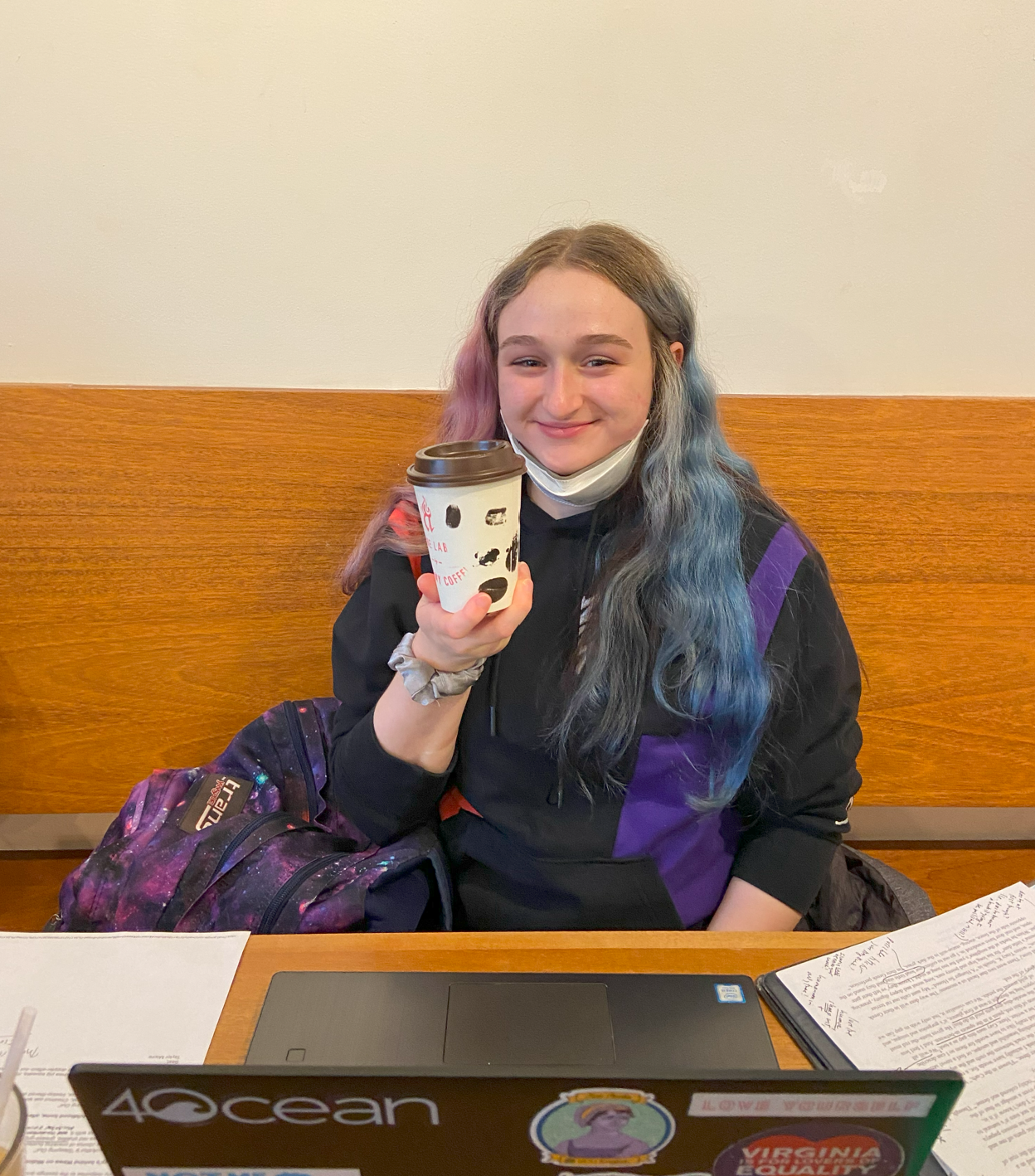
Fingerprints on Coffee Cup
This project explored impermanence in art by creating a temporary intervention in a real-world environment. The goal was to design a piece that interacts with its surroundings, highlighting overlooked aspects of daily life. My intervention was centered around human connection and trace—capturing the physical presence of strangers through fingerprints on a coffee cup. The piece was not meant to last, but its impact and the memory of participation would remain.
By choosing a simple, everyday object (a coffee cup) and transforming it into a symbol of shared experience, I encouraged passersby to engage with the piece and reflect on their presence in a shared space. This project was about creating a fleeting yet meaningful connection among strangers.
Assignment Brief.
The assignment required producing a temporary art piece in one of three formats:
A sound piece for a specific site and time.
A temporary installation using objects already present at the site.
A social practice piece designed for public interaction.
I chose the social practice format, focusing on interaction and engagement with people in a coffee shop setting. The core idea was to invite strangers to leave their fingerprint on my coffee cup, using either a fingerprint pad or coffee residue. This simple action turned an everyday object into a record of human presence, emphasizing how we leave small but meaningful marks on the world and each other.
This project required a deep consideration of site-specificity, social conditions, and impermanence—how art placed within a specific context can change the way people perceive a space and how temporary gestures can create lasting reflections.
Skills.
Concept Development & Social Engagement
Documentation & Visual Storytelling
Site Selection & Contextual Analysis
Reflection & Critical Thinking
Interaction & Communication
Sketching, Building, Refining.
-
I began by analyzing the spaces I visit daily, considering their atmosphere, purpose, and potential for interaction. The coffee shop stood out as the ideal location because it is a social yet transitory space where people pause but don’t linger. Coffee cups are disposable, reinforcing the theme of impermanence, and people are already engaged in a sensory experience, making participation feel natural. To ensure visibility, I specifically looked for a coffee shop that used white cups, as they would best showcase the fingerprints.
-
I refined my idea into a simple but engaging act: inviting strangers to place their fingerprint on my coffee cup. I explored two different methods—using a fingerprint pad or utilizing coffee residue—and considered how this small act could transform an everyday object into a symbol of human presence and interaction. The concept was rooted in how we unconsciously leave traces of ourselves in shared spaces, and I was curious to see how people would react to participating in something both familiar and unfamiliar.
-
I walked to the coffee shop, purchased a coffee, and initiated interactions with the people around me. Approaching strangers, I explained the project and asked if they would be willing to add their fingerprint to my cup. Some people were intrigued and participated immediately, while others hesitated or declined. For those who agreed, I noticed they placed their fingerprint intentionally, choosing specific spots on the cup, which added a personal and unpredictable element to the piece. As more people participated, the cup became an evolving record of shared, fleeting interactions.
-
Throughout the process, I documented the interactions by taking photos and videos that captured the evolution of the cup. I focused on different angles to highlight the layering of fingerprints and the transformation of a disposable object into something deeply personal. Observing the final cup, I reflected on how each small act contributed to a collective experience, reinforcing the idea that even temporary, everyday interactions shape our environment. The project ultimately demonstrated how art can exist in the most mundane objects and moments, emphasizing the beauty in transience and human connection.
Final Curation.
This project reinforced the idea that art is not just about permanence—it is about experience and engagement. My intervention turned a disposable object into a record of human presence, reminding us that even fleeting interactions leave a mark. The act of participation itself became the artwork, with the cup serving as a temporary artifact of a shared moment in time.
By placing the piece in a familiar, everyday setting, I invited people to look at something ordinary in a new way. The project successfully highlighted the impermanence of human connection, showing that even in brief interactions, we leave traces of ourselves behind.
Through this process, I gained a deeper understanding of social practice art, public engagement, and the power of small, temporary interventions. The most valuable takeaway was recognizing how art can exist beyond galleries—embedded in daily life, shaping how we see and interact with the world around us.



